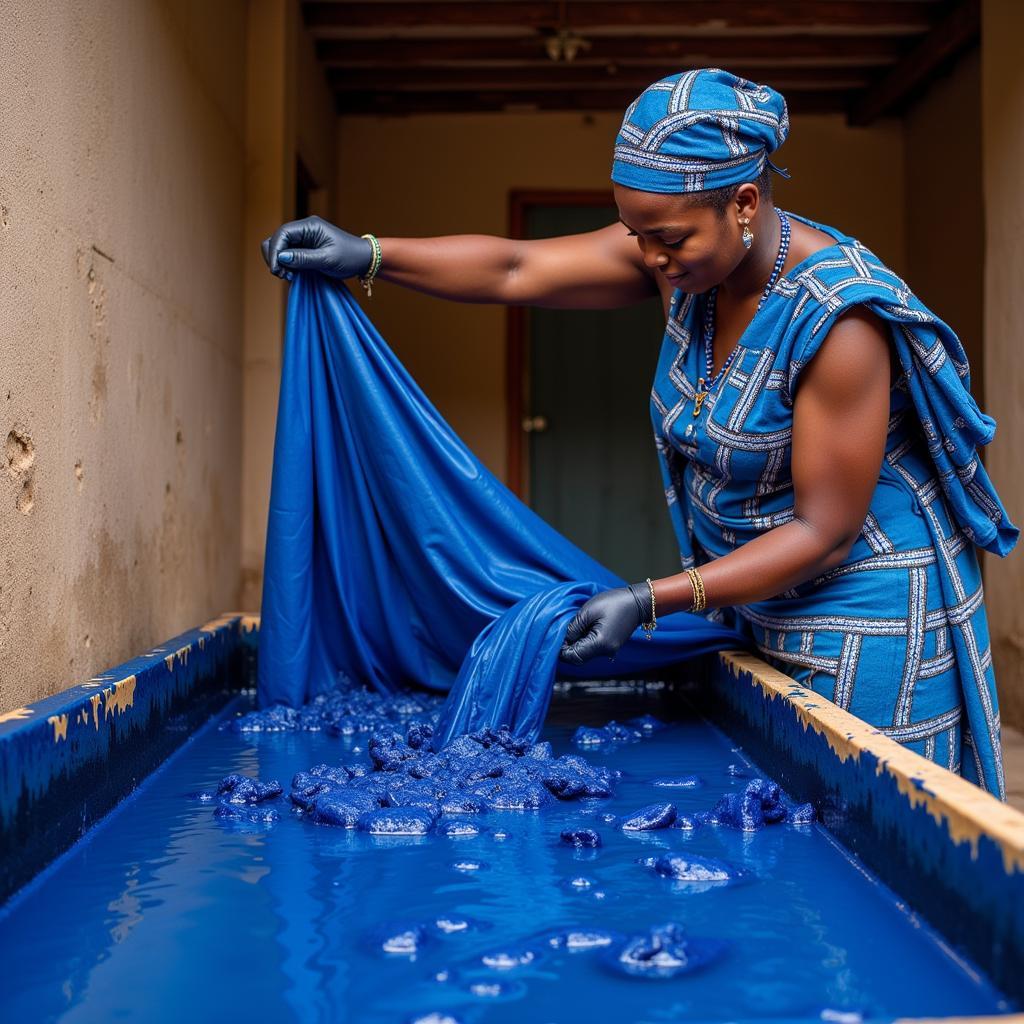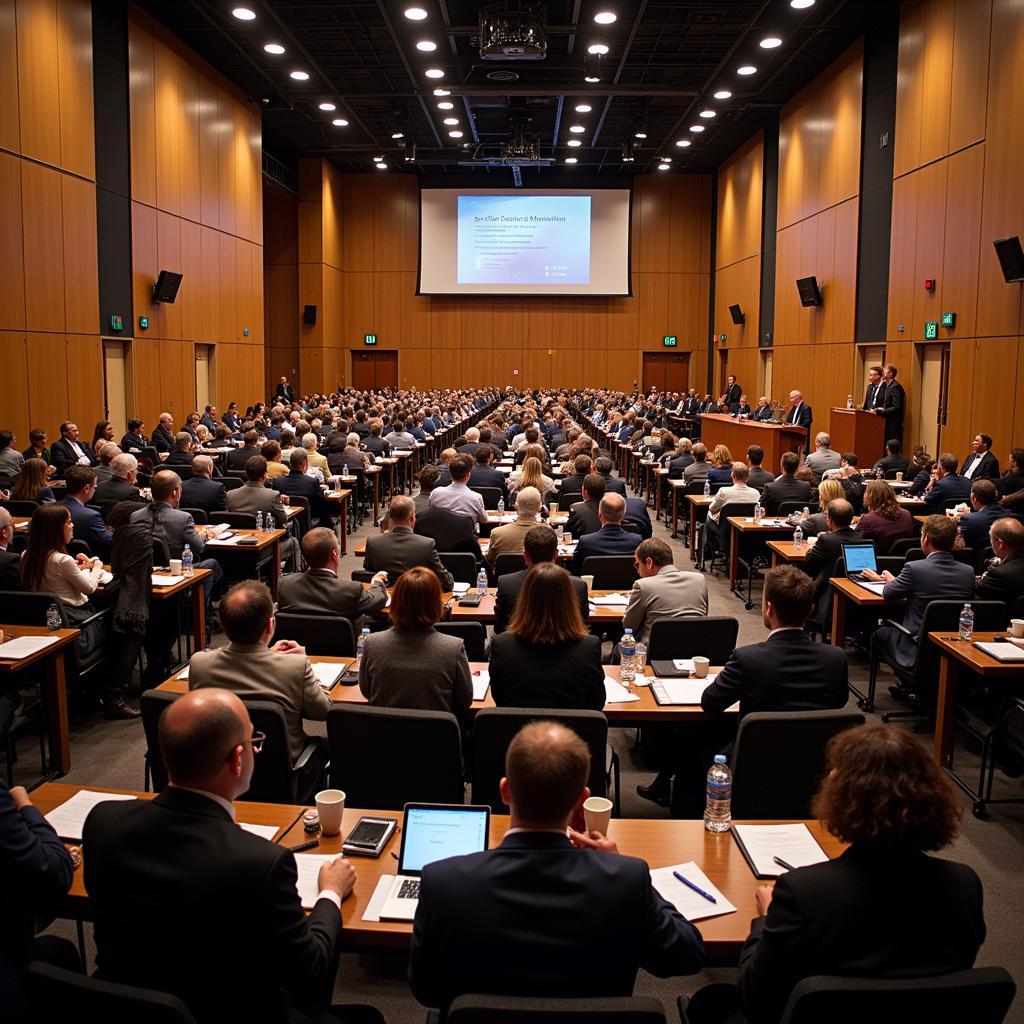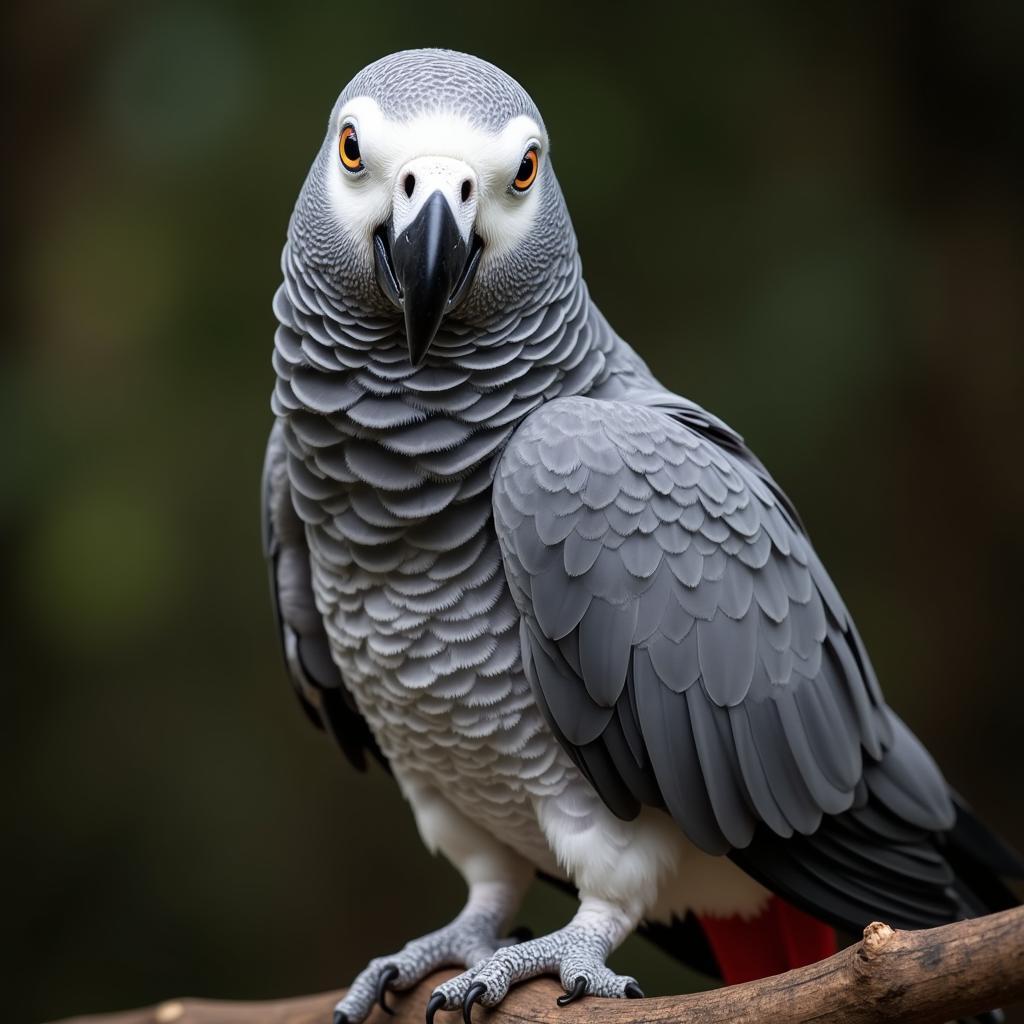Discovering the Afar African Tribe: A Journey into Resilience and Tradition
The Afar African Tribe, also known as the Danakil, are a resilient and culturally rich nomadic pastoralist group inhabiting the Horn of Africa. They reside in the Afar Triangle, a harsh and arid region spanning parts of Ethiopia, Eritrea, and Djibouti. Their way of life, deeply intertwined with the challenging landscape, offers a fascinating glimpse into a unique culture adapted to one of the most extreme environments on Earth. After the intro, you can find more about 5 african animals in a separate article.
The Harsh Reality of the Afar Triangle and its Inhabitants
The Afar people live in one of the hottest and driest places on Earth. Temperatures regularly soar above 120°F (49°C), and the land is volcanic, dotted with salt lakes and active volcanoes. This harsh environment has shaped not only their physical resilience but also their social structures, economic activities, and cultural traditions. For centuries, the Afar have navigated this unforgiving landscape, their lives intimately connected to the rhythms of nature and the availability of scarce resources.
What makes the Afar people so fascinating is their ability to thrive in this environment. Their traditional knowledge of the land, passed down through generations, allows them to find water sources, graze their livestock, and navigate the challenging terrain.
Afar Culture: A Tapestry of Tradition and Adaptation
The Afar culture is rich in tradition. They are known for their distinctive hairstyles, often adorned with butter and ochre, and their traditional clothing, which is adapted to the hot climate. Music and storytelling play a vital role in their culture, preserving their history and passing on knowledge. Their social structure is based on clans and lineages, and traditional leadership plays a significant role in community decision-making.
The Afar are primarily Muslim, and Islam has significantly influenced their cultural practices. However, they also maintain pre-Islamic traditions, creating a unique blend of beliefs and customs. Their strong sense of community and interdependence is essential for survival in such a demanding environment. Want to learn about other resilient communities? Check out this article about African group tours from Bangalore.
The Afar Economy: Livestock and Salt Trade
The Afar economy revolves primarily around livestock herding, particularly camels, goats, sheep, and cattle. These animals provide them with milk, meat, and hides, essential for their sustenance and trade. Salt mining is another vital economic activity. The Afar extract salt from the vast salt flats of the Danakil Depression, a practice that has been a source of livelihood for centuries. Caravans of camels, laden with salt blocks, travel across the desert, trading with neighboring communities. Learn more about desert landscapes in African desert movies.
Challenges and the Future of the Afar
The Afar face numerous challenges, including drought, resource scarcity, and political instability. Climate change poses a significant threat to their traditional way of life, as increasing temperatures and erratic rainfall patterns further strain their already limited resources. Modernization and globalization also bring new challenges, impacting their traditional practices and social structures. If you’re interested in the unique fauna of Africa, here’s an article about the African dog that doesn’t bark.
Preserving the Afar Heritage
Preserving the Afar heritage is crucial. Supporting sustainable development initiatives that empower the Afar to adapt to the changing environment while maintaining their cultural identity is essential. Documenting their rich oral traditions, cultural practices, and traditional knowledge is vital for future generations.
Conclusion: The Enduring Spirit of the Afar African Tribe
The Afar African tribe stands as a testament to human resilience and adaptation. Their ability to thrive in one of the harshest environments on Earth is a remarkable story of survival, tradition, and cultural richness. By understanding and respecting their way of life, we can learn valuable lessons about coexistence with nature and the importance of preserving cultural diversity. For captivating visuals of African forests, check out this African forest YouTube channel.
FAQ
- Where do the Afar people live? They primarily inhabit the Afar Triangle in Ethiopia, Eritrea, and Djibouti.
- What is the Afar economy based on? Their economy is based on livestock herding and salt mining.
- What are some of the challenges the Afar face? They face challenges such as drought, resource scarcity, and the impact of climate change.
- What is the significance of the Afar culture? Their culture is a testament to human resilience and adaptation to extreme environments.
- How can we contribute to preserving the Afar heritage? Supporting sustainable development and documenting their traditions are key to preserving their heritage.
- What is the significance of the Danakil Depression to the Afar? The Danakil Depression is a vital source of salt, a major component of the Afar economy.
- What are some distinguishing features of the Afar people? Distinctive hairstyles adorned with butter and ochre, and traditional clothing adapted to the hot climate are some unique features.
Need More Information?
Have more questions or want to delve deeper into specific aspects of the Afar culture? Explore related articles on our website or contact us directly.
Contact Us
When you need assistance, please contact us by Phone: +255768904061, Email: [email protected] or visit our office at Mbarali DC Mawindi, Kangaga, Tanzania. We have a 24/7 customer service team ready to help.


